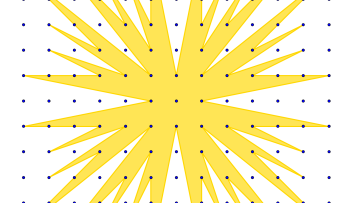17:00
Lattices and correction terms
Abstract
I will introduce two obstructions for a rational homology 3-sphere to smoothly bound a rational homology 4-ball- one coming from Donaldson's theorem on intersection forms of definite 4-manifolds, and the other coming from correction terms in Heegaard Floer homology. If L is a nonunimodular definite lattice, then using a theorem of Elkies we will show that whether L embeds in the standard definite lattice of the same rank is completely determined by a collection of lattice correction terms, one for each metabolizing subgroup of the discriminant group. As a topological application this gives a rephrasing of the obstruction coming from Donaldson's theorem. Furthermore, from this perspective it is easy to see that if the obstruction to bounding a rational homology ball coming from Heegaard Floer correction terms vanishes, then (under some mild hypotheses) the obstruction from Donaldson's theorem vanishes too.


